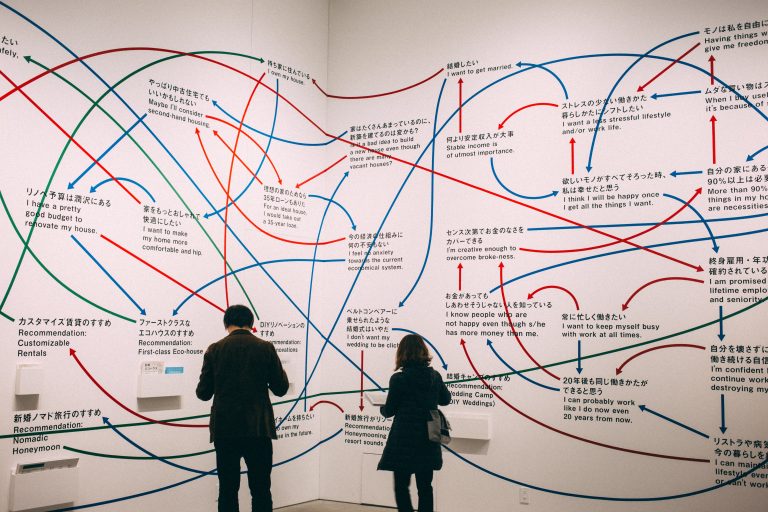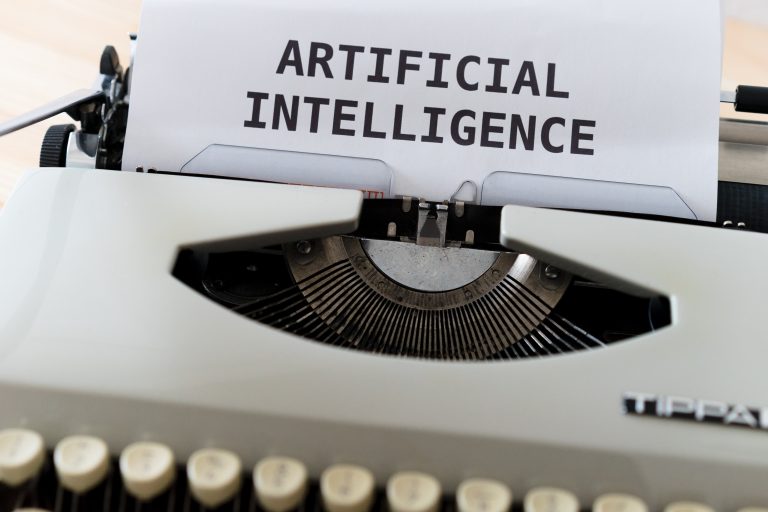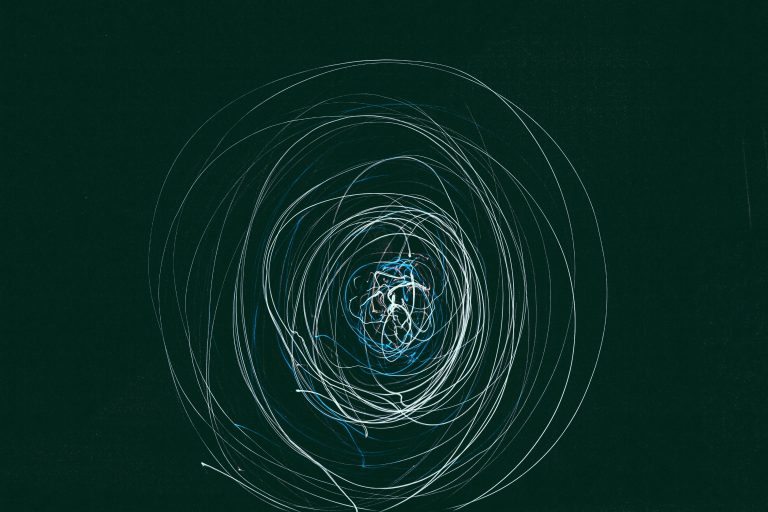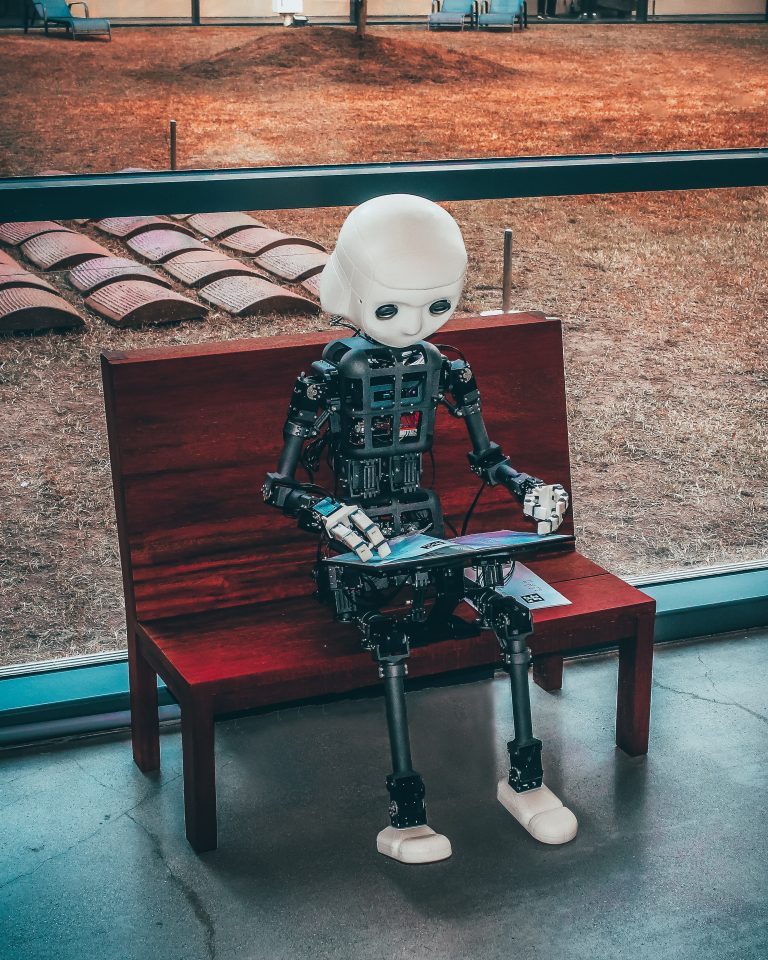A Few AI Milestones in the History of Writing with Artificial Intelligence
When you buy through links on our site, we may earn an affiliate commission. This keeps it 100% reader supported and free of ads or sponsorships. Thanks for your support!
As technology continues to advance, more and more writers are turning to Artificial Intelligence tools to assist in the writing process. While there are still debates around the use of AI in writing, there are also many successful writers who have used it to create their works. Below are a few examples of successful writers who have used AI to create their works and what we can learn from their experiences.
“The Policeman’s Beard Is Half Constructed” by Racter
In 1984, the first book generated entirely by a computer was published, titled “The Policeman’s Beard Is Half Constructed.” The book was created using a program named Racter, which generated random sentences and arranged them into a narrative structure. While the book was not a commercial success, it was a significant achievement in the field of AI-generated literature. What we can learn from this experience is that AI has been used in literature for decades, and while the technology has advanced since then, the fundamental principles of computer-generated content remain the same.
“Sunspring” by Benjamin
In 2016, a short film titled “Sunspring” was created using AI tools. The screenplay was generated by a language model named Benjamin, and the film was produced by a team of human writers, actors, and directors. The result was a surreal and dystopian film that received critical acclaim. What we can learn from this experience is that AI can be used to generate content that is thought-provoking and engaging, even if it doesn’t fit the traditional mold of storytelling.
“The Day A Computer Writes A Novel” by AI program, H. Rashid
In 2016, a Japanese program named H. Rashid wrote a novel titled “The Day A Computer Writes A Novel.” The program analyzed a vast amount of data from books, news articles, and other sources to generate the plot, characters, and language of the novel. While the novel did not become a bestseller, it was still a significant achievement for computer-generated literature. What we can learn from this experience is that AI can be a useful tool for idea generation and can produce coherent and engaging works of literature.
“1 the Road” by Botnik Studios
Botnik Studios is a creative collective that uses AI to generate content. In 2017, they used a language model to create a parody of the classic novel “On the Road” by Jack Kerouac, titled “1 the Road.” The result was a surreal and absurdist take on the original, which was well-received by readers. What we can learn from this experience is that AI can be used to create unique and unconventional works that break the traditional mold of literature.
As you can see, there are successful writers who have used computer models to create their works, and their experiences offer valuable insights into the potential of AI in writing. From idea generation to unconventional storytelling, AI can be a powerful tool for writers looking to explore new possibilities in their craft. While there are still ethical considerations to keep in mind, these examples show that when used responsibly, AI can enhance the creative process and produce engaging and thought-provoking works of literature.





